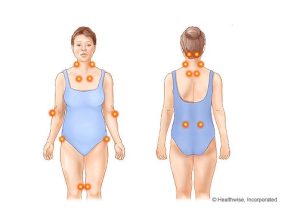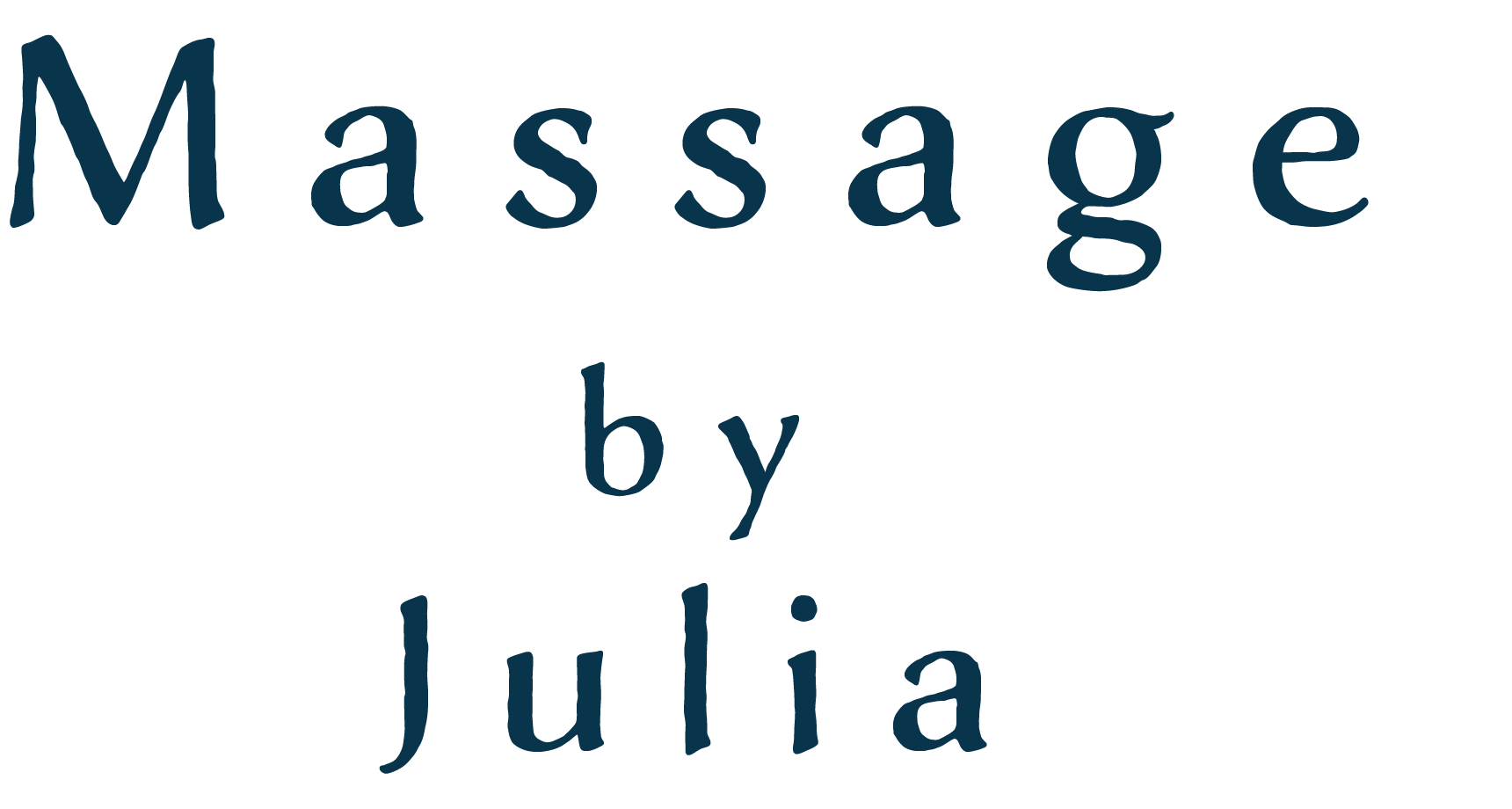Fibromyalgia Massage

A Rheumatologist must diagnose Fibromyalgia. Pain must be present in at least 11 or 18 tender points (see image above) & widespread pain must have been present for at least 3 months. Massage is one service that can help sufferers lessen their pain and improve their sleep patterns. Most massage modalities and strokes push blood toward the heart/neck. However, if a Fibromyalgia patient is having a flare-up, with heat/tightness/pain at the back of the neck, we don’t want to push more fluids to the neck region (close to the heart). Fibromyalgia massage uses long strokes that move down the body to move stagnated energy out through the feet and fingertips.
Fibromyalgia
From the American College of Rheumatology–
Fibromyalgia is a chronic condition that causes widespread pain. It affects 2-4% of people, usually women. People who have other rheumatic diseases are at higher risk of having fibromyalgia. Fibromyalgia is not an inflammatory or autoimmune disease. Research suggests that the nervous system is involved. Brain chemicals, like serotonin and norepinephrine, may be off balance, changing reactions to painful stimuli. Fibromyalgia may cause fatigue, poor sleep, and mood problems, like anxiety or stress. It does not cause any signs on x-rays or blood tests. There is currently no cure for fibromyalgia. Medications, exercise, and therapy help.
What Are the Signs/Symptoms?
Fibromyalgia symptoms are different for each person. The most common symptom is widespread pain. Severe fatigue and sleep problems are also common. Someone with fibromyalgia may not feel refreshed after sleeping all night. Other fibromyalgia signs and symptoms include:
Problems with memory or clear thinking, known as “fibro fog”
Depression or anxiety
Migraines or tension headaches
Digestive problems like IBS or heartburn
Irritable or overactive bladder
Pelvic pain
Jaw pain
